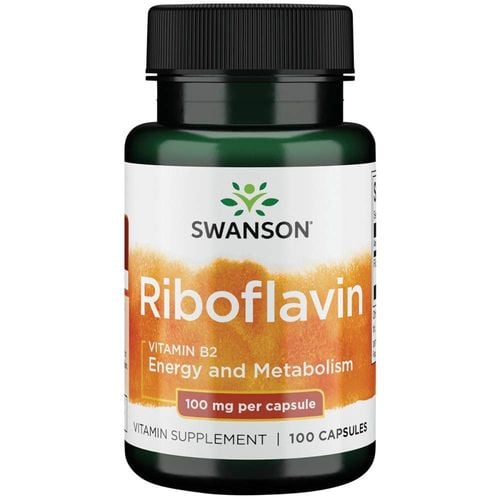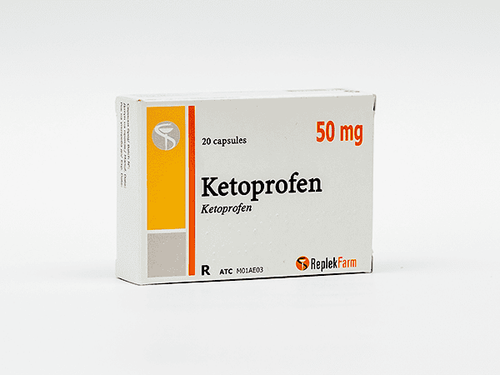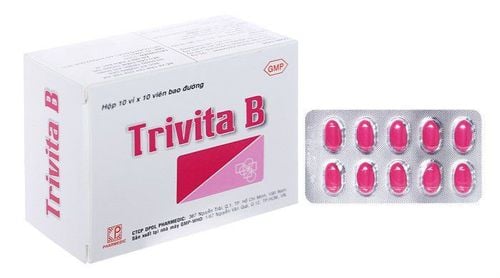This is an automatically translated article.
The article is written by Master, Doctor Le Thi Thanh Huong - Emergency Resuscitation Doctor - Emergency Resuscitation Department - Vinmec Central Park International General Hospital
Shoulder and neck pain is a common disease in life, the disease not only causes pain and discomfort but also affects work and daily activities. Therefore, early detection and treatment is very important.
1. What is neck pain?
Shoulder and neck pain is a syndrome that causes pain and stiffness in the neck and shoulders. Most cases of neck and shoulder pain are harmless and go away on their own with rest in a few days without medical intervention. However, in some cases, shoulder pain is a sign of an injury or a serious medical condition and requires medical attention. Therefore, if you experience neck pain that lasts more than a week, is severe, or is accompanied by other symptoms, you should see your doctor right away.
2. Possible causes of neck and shoulder pain
2.1 Tension and Tension Pain Muscle tension and tension pain is the most common cause of neck and shoulder pain. Pain is usually caused by:
Movement in the wrong position Working on the table for too long without changing position The neck position when sleeping is not suitable (due to the pillow being too high / too low, due to excessive head rotation) while sleeping...). Excessive sudden head rotation during exercise 2.2 Injury The neck area is the connection between the head (the command center for all body activities) and the whole body. But it is very easy to get injured, especially when falling, car accident, being hit/slapped on the head and neck area or injured while playing sports... Therefore, if the neck bone (cervical vertebrae) is injured If the spinal cord is broken, the spinal cord (the brain's center for information transport) can also be damaged, causing partial or total loss of movement and sometimes life-threatening. Therefore, in cases of injury, it is necessary to pay attention to the neck brace.
2.3 Meningitis Meningitis is an inflammation of the membranes surrounding the brain and spinal cord. In people with meningitis, there is often a fever and headache accompanied by a stiff neck. Meningitis can be fatal and is a serious condition that requires immediate hospitalization.
2.4 Other Causes Rheumatoid arthritis causes pain, swelling in the joints and bone spurs. When these occur in the neck area, you may experience neck pain. Osteoporosis weakens bones and can lead to small fractures (this often happens in the bones of the hands and knees, but sometimes also occurs in the neck) Fibromyalgia is a painful condition muscles throughout the body, especially in the neck and shoulder areas. Cervical spondylosis: causes the space between the vertebrae to narrow, putting extra pressure on your joints. A herniated disc in the cervical spine or narrowing of the cervical canal puts pressure on the spinal cord and nerve roots. Some other rare causes: congenital abnormalities, infections, spinal tumors...
3. Manifestations of neck and shoulder pain
The condition of shoulder and neck pain is relatively easy to recognize through direct pain extending from the nape of the neck to the shoulder area on both sides. In many cases, the patient does not have pain, but only feels more numb and stiff. Shoulder pain often occurs in the morning, is most severe after waking up or when sitting for too long at work.
The pain tends to spread from the neck to the shoulder blades, back and arms. The intensity of pain depends on the cause, condition and physical condition of the patient. Shoulder and neck pain may have a number of accompanying manifestations: numbness in the limbs, spasticity or sensory disturbances in the extremities, signaling that the disease has worsened.
Shoulder pain can be accompanied by symptoms such as headache, ringing in the ears, insomnia or dizziness. The pain in the shoulder and neck increases when the patient is active and decreases when resting. Pain in the shoulder and neck area leads to muscle stiffness, which in turn leads to the patient's neck working more difficult.
4. What to do when you have shoulder pain?
If your neck and shoulder pain is only mild and new, you just need to:
Rest, limit excessive head and neck rotation positions. Do not sit in front of a fan or sit in an air conditioner, because it will make the muscles more tense. You can gently massage or warm the neck and shoulder area. However, if the cause of pain is not due to muscle tension, degeneration or spasm of blood vessels, massage should not be given because it can make the pain worse. When bathing, use warm water, not cold water. In cases of more severe pain, or after doing the above measures, and still not getting better, you may have to use some common pain relievers such as: pain relief patches or pain relievers sprayed, applied topically. topical (Salonpas, Salonsip, Pain relief...), some oral pain relievers (Panadol, Efferalgan, Ibuprofen...) (Note: do not self-medicate if you have a history of allergic reactions to these drugs. pain relievers or fever reducers).
Need to see a doctor when you have the following symptoms:
Neck and shoulder pain that persists for more than a week. Been resting and taking medication but to no avail. Accompanied by some symptoms such as dizziness, ringing in the ears, fever, weakness in one or both hands. Pain occurs even at rest and without movement.
5. Measures to prevent neck pain
To prevent neck and shoulder pain, you can apply a few measures:
Need to build a regular exercise regimen with appropriate exercises. It is necessary to develop a suitable working and resting regime. When sitting, working or studying for a long time, it is necessary to alternate movements and take breaks. Practice sitting posture to work, learn to always keep your neck straight, avoid bending your neck for too long or sitting in the wrong position. It is necessary to build a nutritious, healthy diet, supplementing with necessary nutrients for the body such as calcium, potassium, vitamins of groups B, C, E,... Besides, you also need to note, If the shoulder and neck pain persists and affects daily activities and work, you need to see a doctor for examination and timely intervention.
In order to help patients with shoulder and neck pain soon regain balance in life as well as not affect their health later, Vinmec International General Hospital has developed a rehabilitation department with the main task of guiding Guide how to massage effectively treat shoulder and neck pain. The strength of the department is physiotherapy and rehabilitation treatment for all inpatients and outpatients
With a team of doctors specialized in Rehabilitation with many years of experience, dedication to the profession, together with With a system of modern synchronous facilities, divided into subdivisions such as: medical examination area, physical therapy area, movement therapy area, ... spacious, it is guaranteed to bring a sense of comfort. for the patient to get the best treatment results.
Please dial HOTLINE for more information or register for an appointment HERE. Download MyVinmec app to make appointments faster and to manage your bookings easily.













